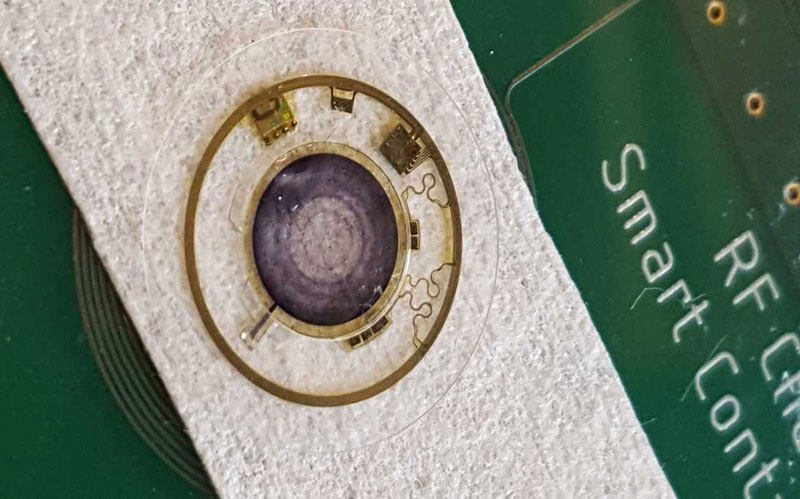A collaboration between Imec, a Belgian research institution, Ghent University, Spain’s Instituto de Investigación Sanitaria Fundación Jiménez Díaz, and Holst Centre in The Netherlands, has led to the development of an artificial iris embedded in a smart contact lens. The smart contact lens is designed for people who suffer from human eye iris deficiencies like aniridia, high order aberrations like keratoconus, and light sensitivity, or photophobia. The ultra-lower power design allows the lens to operate for an entire day.
Read more Comcast Partners with NuEyes to Help Customers with Visual Disabilities Watch TV
The first performance assessment of the artificial iris is reported today in Scientific Reports from Nature, demonstrating its potential to expand the visual sharpness, decrease optical aberrations and reduce the amount of light entering the eye in a dynamic manner. The prototype presented today will be further developed into a medical device within the framework of the spin-off incubation initiative Azalea Vision, from imec and Ghent University reports Imec.
Our iris controls the pupil size in response to light. It regulates the amount of light that reaches the retina. Patients suffering from human eye iris deficiencies like aniridia, higher-order aberrations like keratoconus, and light sensitivity or photophobia, which is highly prevalent in patients with chronic migraine, and Dry-Eye Syndrome (DES) could use this platform inside a contact lens.
Currently, the Azalea Vision team is focused on validating this device with patients and volunteers under clinical investigations in order to provide a functional, robust and safe device for diverse eye disorders with light sensitivity and lack of visual sharpness.

“By combining our expertise on miniaturized flexible electronics, low-power ASIC design and hybrid integration, we have demonstrated the capacity to develop a solution for people who suffer from iris deficiencies, higher-order aberrations and photophobia, a common yet debilitating symptom seen in many neuro-ophthalmic disorders”, says researcher prof. Andrés Vásquez Quintero at imec/UGent. “Our smart contact lens can control the level of incoming light mimicking a human iris and offering a potential solution to vision correction – by expanding depth-of-field with automatic control of pupil size. This way, our approach can surpass current solutions to combat human eye iris deficiencies. Its beneficial optical effects will be further clinically validated and developed into a medical device.”
Read more Imec, UGent and SEED Develop Hydrogel-Based Smart Contact Lens
Luc Van den hove, President and CEO of imec commented:
“It is imec’s aim to create added value for society and bring our research to the market. We are convinced that this artificial iris prototype has all the potential to become a game-changer in ophthalmic treatment. Therefore, we have launched an inc0ubation project together with imec.xpand to fully support the team’s ambition to mature and validate the technology and support their efforts to commercialize via a strong business case as a spin-off.”












